You are here:
Home →
News → News 2025.01 - Tramway Pula
2025-02-07 15:03:04
News 2025.01 - Tramway Pula
A little piece of k.u.k. history!
After the revolution of 1848, Venice was no longer acceptable to the Austrian navy as the main war harbour. The choice was between expanding Trieste, which already had an efficient commercial harbour, or the small fishing town of Pola, which at the time only had around 900 inhabitants, but an almost perfect natural harbour.
Halling
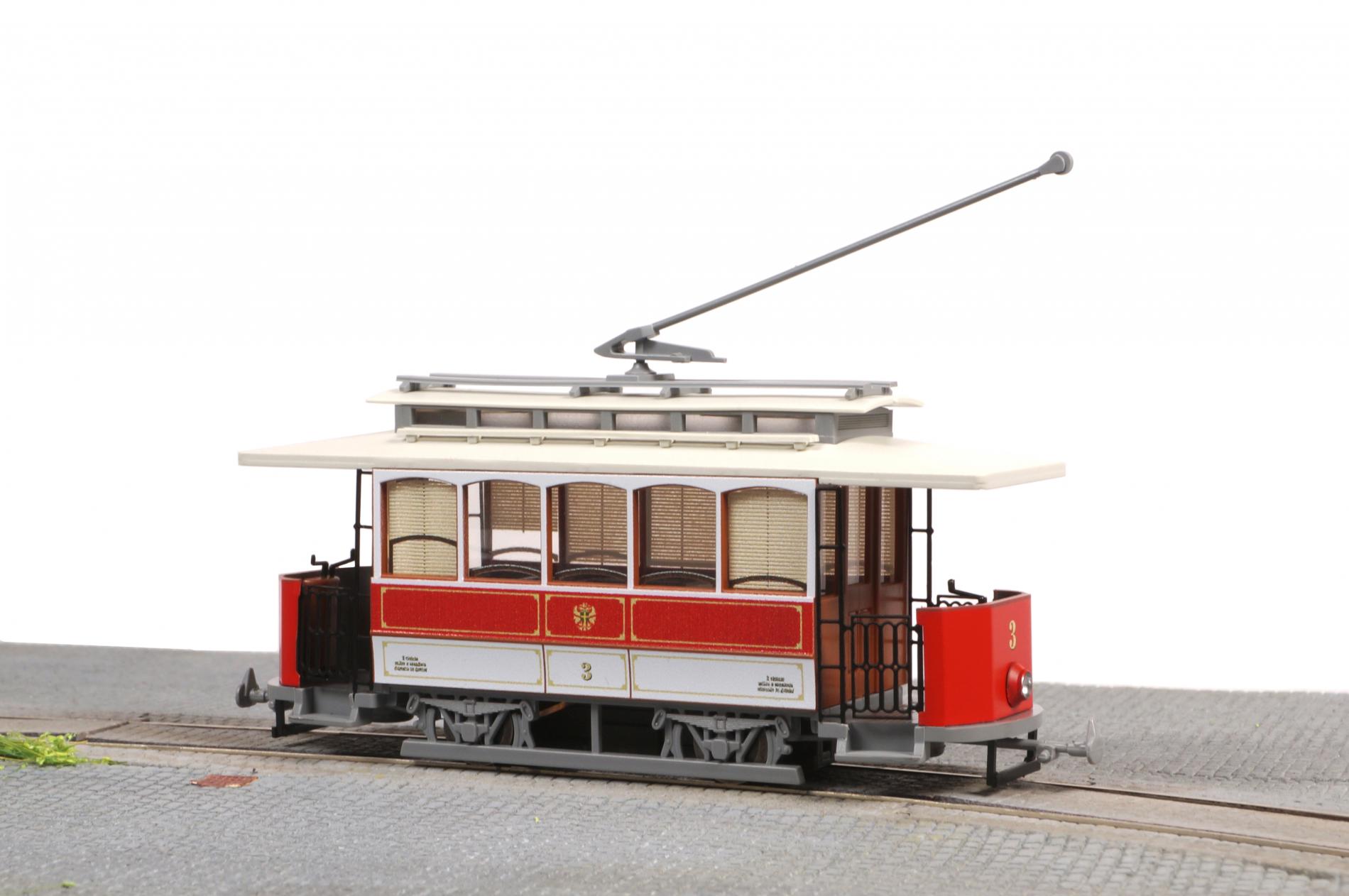
© Halling Modelle
OLD-PL3-M2
Emperor Franz Joseph I was familiar with the ‘Pola Bay’ and probably played an important personal role in the decision in favour of Pola. In the years that followed, Pula experienced a boom that was almost exclusively due to its expansion into Austria's main war harbour. The railcars were supplied by the Graz Waggon- und Maschinenfabrik! The tramway was initially very successful and the network was extended in the years leading up to the First World War, so that the tramway ultimately had three lines.
The first delivery series of the Tw 1 and Tw 3 models sold out all too quickly and many interested parties have been waiting patiently for the new edition for almost two years. Once again, we can now offer you this little piece of imperial and royal history for your home. Whether as a high-quality stand model for your diorama or as a motorised model for your layout, the models impress with their asymmetrical window blinds, the finest stage grilles and exemplary old Austrian lettering!
to the product
Related News
-
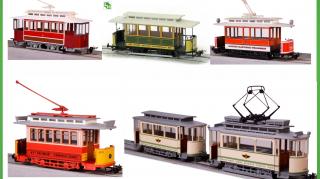
© Halling Modelle
2025-12-04
We are delighted to present five models that were personally handeled by Leopold Halling, the great-grandfather of tram modelling. The first edition of these models was delivered over 25 years ago! Today, we were able to assemble a few models from original parts and equip them with a new drive system. Contact us quickly if you want to hold a piece of tram and model tram history in your hands.
more News 2025.12 - Five rare vintage tram models
-
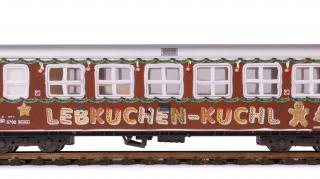
© Halling Modelle
2025-12-01
The new Christmas wagon is here!
The Mariazellerbahn buffet car is now an integral part of NÖVOG's ‘Ötscherbär’ adventure train and offers a selection of drinks as well as savoury and sweet dishes from the region. It is included on all ‘Ötscherbär’ journeys and offers refreshments for passengers during the trip to Mariazell.
more News 2025.12 - WR4ip/s 5702 „Lebkuchen-Kuchl“
-

© Halling Modelle
2025-11-29
The HALLING model advent calendar is back!
There is a child in all of us who still remembers the advent season. The days leading up to Christmas were filled with the smell of cinnamon and growing anticipation! Every day, we could see on the advent calendar how many days we still had to wait until the big day. This year, we are finally letting that child out to play again!
more News 2025.11 - Advent Calendar
-
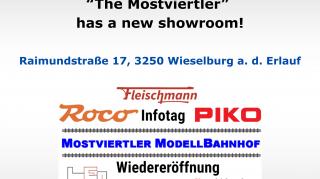
© Halling Modelle
2025-11-20
The Mostviertler has a new showroom!
Our new boss, Mr Joachim Haselmayer, also known as the Mostviertler, had already been running the Mostviertler model railway station very successfully for several decades before he bought a bag of fleas called HALLING Modelle. It started out as a small model railway shop, idyllically located in the old railway station in Wieselburg a.d. Erlauf, but it has long since outgrown its premises.
more News 2025.11 - Invitation to the Mostviertel
-
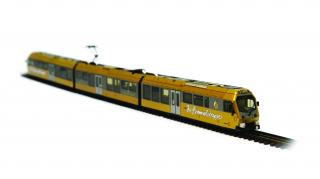
© Halling Modelle
2025-11-17
Nine places – nine treasures, but only one winner!
The Mariazellerbahn is Austria's most beautiful place! In the grand finale of the ORF prime-time show ‘9 Plätze – 9 Schätze’ (9 Places – 9 Treasures) on 25th October 2025, the Mariazellerbahn won the title of ‘Austria's most beautiful place’ for the first time, bringing it to Lower Austria. We congratulate them on their victory, even though we have always known how unique and beautiful Austria's longest narrow-gauge railway is!
more News 2025.11 - The stairway to heaven on the Mariazellerbahn railway
-
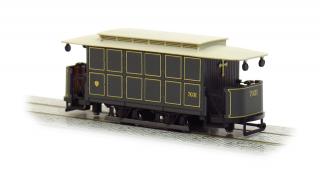
© Halling Modelle
2025-10-30
We wish you a merry All Saints' Day!
From 1918 onwards, the deceased in Vienna travelled by tram! The le 7031, converted from a former NWT steam tram car, could carry up to 12 passengers from the large Viennese hospitals, the care home in Lainz and the nursing home in Steinhof to the Vienna Central Cemetery in style.
more News 2025.10 - Viennese hearse tram le 7031er







